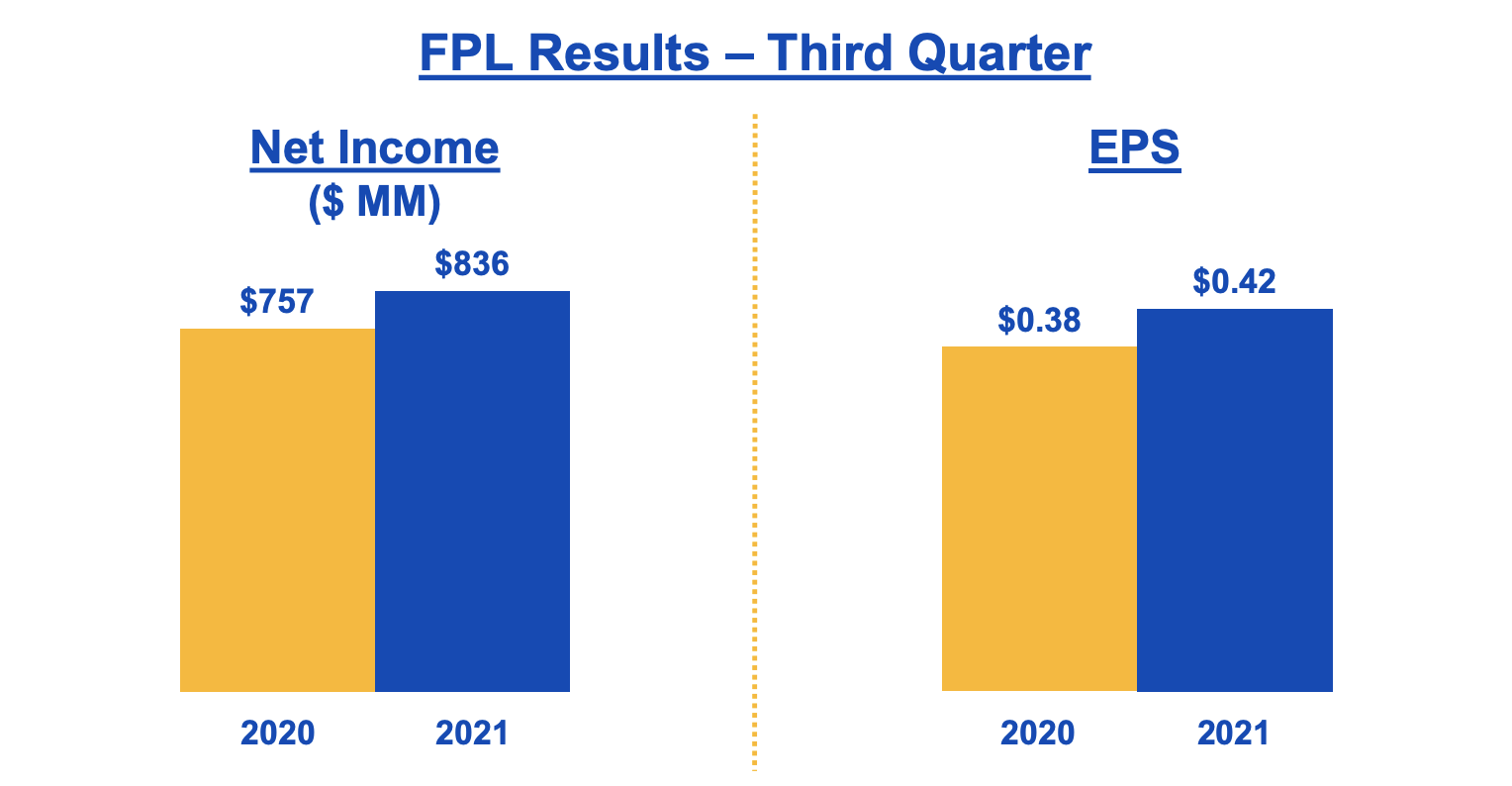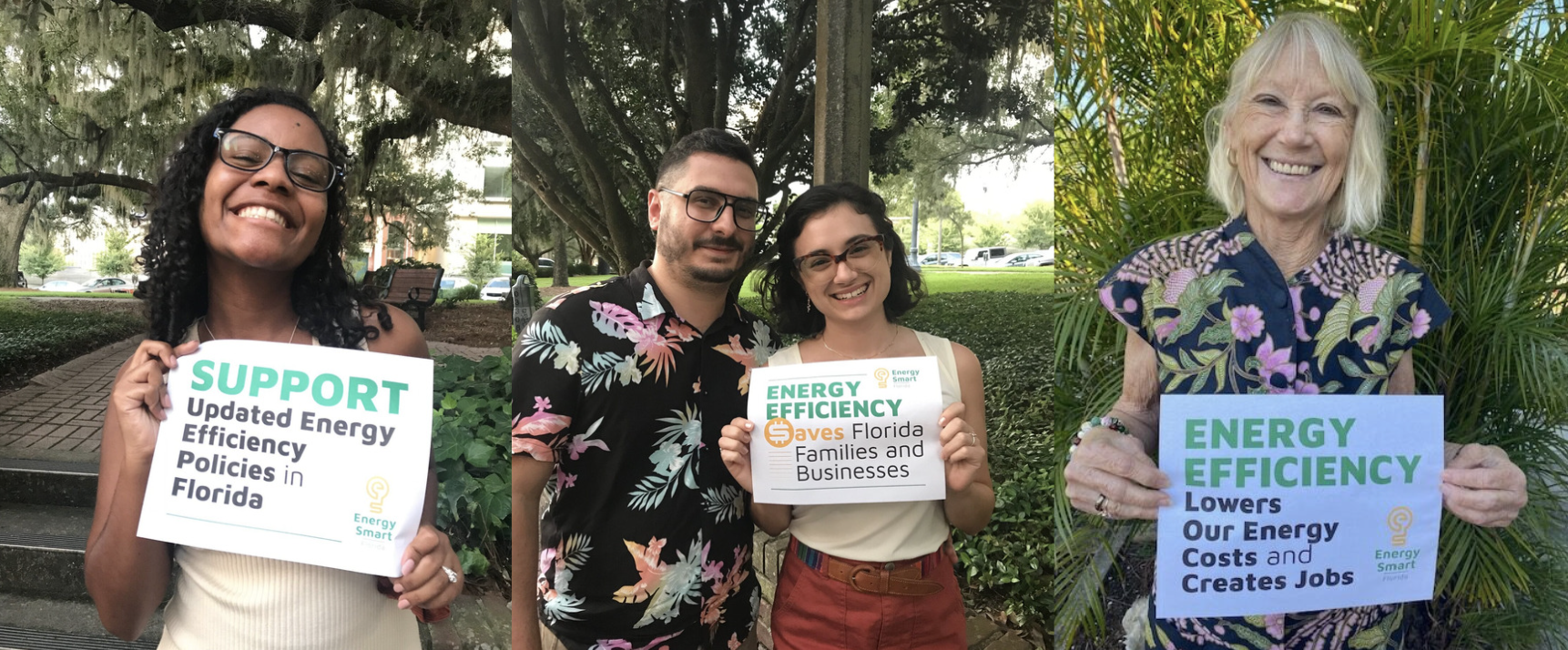On December 7, the PSC should reject FPL’s request to increase customers' bills an additional $810 million to recover costs for fossil gas price hikes to run its power plants, unless it is coupled with an increase in the scope and depth of FPL’s current abysmally weak efficiency programs.
George Cavros | December 6, 2021 | Energy Efficiency, Energy Justice, Florida, Fossil GasUpdate: On December 7, the Florida Public Service Commission approved FPL’s request to recover $810 million from customers for spiking fossil gas costs – starting on January 1, 2022. This massive transfer of wealth from captive customers’ wallets highlights the critical need to scale up energy efficiency investment in Florida in order to insulate hard-working families from bill shocks from volatile fossil gas prices.
Just in time for the holiday season, Florida Power & Light (FPL) has unveiled its intention to wallop customers with an additional $810 million to recover costs for fossil gas price hikes to run its power plants. If approved at a December 7 Agenda Conference by the Florida Public Service Commission (PSC), which regulates the state’s monopoly utilities, starting on January 1, 2022, the fuel portion of a customer bill will spike by 23.56% and the increase will last through the year.
This request is on top of a $302 million cost recovery charge to customers for surging fossil gas costs approved by the PSC earlier this year. This $1.1 billion transfer of wealth from captive customers’ wallets through FPL is a real punch in the gut for its customers – and an unwelcome surprise for hard-working families struggling to pay power bills.

Worst yet, the bill hike comes from a monopoly utility that has offered virtually nothing in the way of energy efficiency programs to help customers reduce energy use and save money on bills. In fact, FPL is one of the worst-performing utilities nationally when it comes to providing information and incentives for measures that help customers reduce energy use and save money on their power bills.
This monopoly utility could – and should – have been investing in low-cost energy efficiency for decades in order to insulate Florida families and businesses from the impacts of the price of volatile fossil fuels like gas. Further, the PSC should not approve FPL’s request without a requirement for it to expand the scope and depth of its energy efficiency programs. Ultimately, the PSC must modernize its practices in setting goals for the state’s largest utilities to put us on a path to using energy smarter.
FPL’s over-reliance on fossil gas is a significant driver of spiking bills
The spiking bills are driven by FPL’s high reliance on fossil gas (also referred to as natural gas) to generate power, putting customers at risk of market price fluctuations. Three-quarters of FPL’s electricity is generated by burning fossil gas. This number has grown significantly over the last decade as a result of the retirement of uneconomic oil and coal-fired plants. Fracking has made fossil gas more accessible and has driven price declines over the last decade. Those prices had held mostly steady – until this year.

FPL extolls the use of fossil gas claiming that it keeps money here at home. But the truth is that customer dollars for fossil gas go to pay out-of-state fossil fuel companies to extract the gas and pipeline companies to transport the gas, such as Sabal Trail LLC, and Florida Southeast Connection, LLC, which are coincidentally owned, either partially or wholly, by FPL’s parent company, NextEra Energy, Inc.
FPL’s doing fine financially, but many Florida families are not
Even while the COVID-19 pandemic continues to impact all of us, FPL’s net income in the third quarter of 2021 grew 10%, to $836 million, over the same quarter last year. The previous year, FPL reported a net income of $2.65 billion, which was itself an increase from $2.334 billion the prior year.

Meanwhile, many customers are energy burdened, paying more than 6% of their income on power bills. For instance, in Miami, the energy burden rate is 23% with 12% of customers severely energy burdened. This can lead to difficult trade-offs, like forgoing basic needs such as food and medicine in order to pay a power bill.
The COVID pandemic and associated economic impact laid bare the prevalence of energy burdened families in FPL’s service territory. It was reported that while NextEra Energy received $41 million from the federal stimulus, during the pandemic, FPL, its subsidiary, disconnected customers more than 470,000 times.
Energy efficiency lowers energy consumption or waste, making bills more affordable. Yet FPL has virtually abandoned efficiency as a way of meeting energy demand and helping customers manage their bills.
FPL failing customers in providing access to programs that reduce bills
It’s well established that investment in energy efficiency is the lowest cost resource to a utility in meeting demand while having the co-benefit of reducing bills for all customers. By providing incentives for measures that reduce energy use, when customers participate in efficiency programs it reduces the need for more expensive fossil fuels – thereby driving down utility fuel use, costs, and carbon emissions and benefitting all customers.
Yet, FPL proposed a goal of near-zero during the last energy efficiency goal-setting proceeding at the PSC and is one of the worst performers in the Southeast and in the US on using energy efficiency as a resource. Out of 52 investor-owned utilities in the US, FPL ranked 51 out of 52 in capturing energy savings through efficiency programs. Moreover, it has been a perennial bottom-dweller in Southern Alliance for Clean Energy’s annual “Energy Efficiency in the Southeast” reports.

PSC should reject FPL’s request and modernize Commission goal-setting practices
It’s time for FPL to stop using their customers as an ATM to fund capital and operating expenses for power plants without providing meaningful energy efficiency programs for families and businesses to manage their bills. And it’s time for the state to use energy smarter.
First, the PSC should reject FPL’s request, unless it is coupled with an increase in the scope and depth of FPL’s current abysmally weak efficiency programs. Under Florida statute, the Commission has the authority to require changes to a utility’s programs when it is in the public interest. This is one of those times.
Next, the PSC should modernize badly outdated energy efficiency policies – now almost 30 years old – upon which energy efficiency goals for the state’s largest utilities are based. Thus far, the Commission’s practices for setting goals have landed the state at the bottom of state rankings for helping customers cut energy waste and save money on bills. Florida must bring its goal-setting practices up to standard industry practice by providing greatly expanded access to programs that help customers manage their bills.
And like other states, Florida can and should utilize efficiency as a preferred energy resource to reduce our reliance on risky price fossil gas to generate electricity.

A diverse group of stakeholders and thousands of customers have asked the PSC to modernize its energy efficiency practices as part of an active rulemaking docket now before the PSC. It would also make good sense for the PSC to host a commissioner-led workshop early next year as the next step in its energy efficiency rulemaking process.
After all, hard-working Florida families can’t take many more of these financially painful surprises – at any time of the year, let alone a holiday at the end of yet another challenging year.